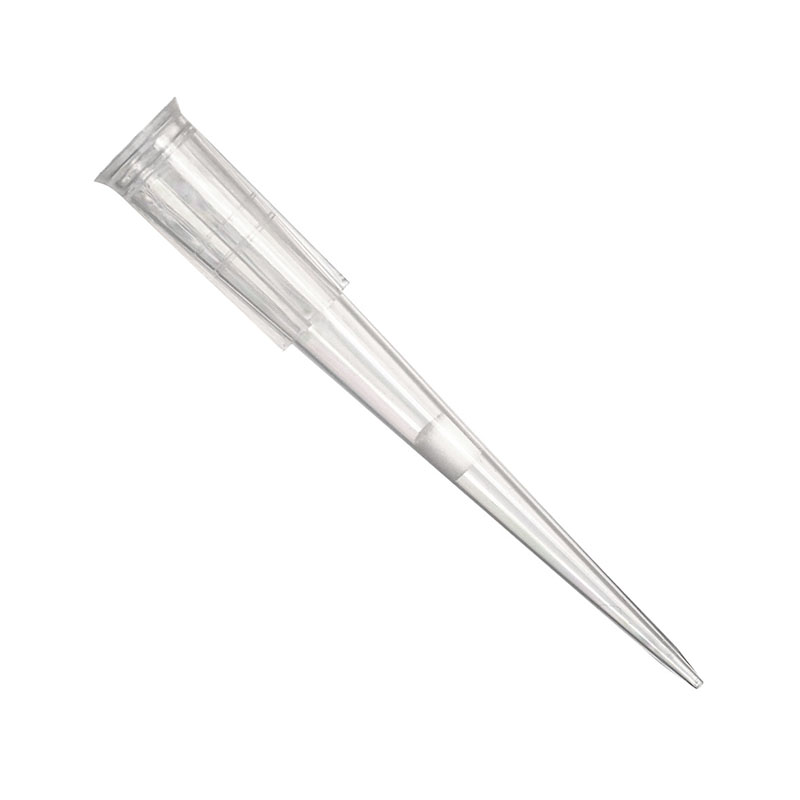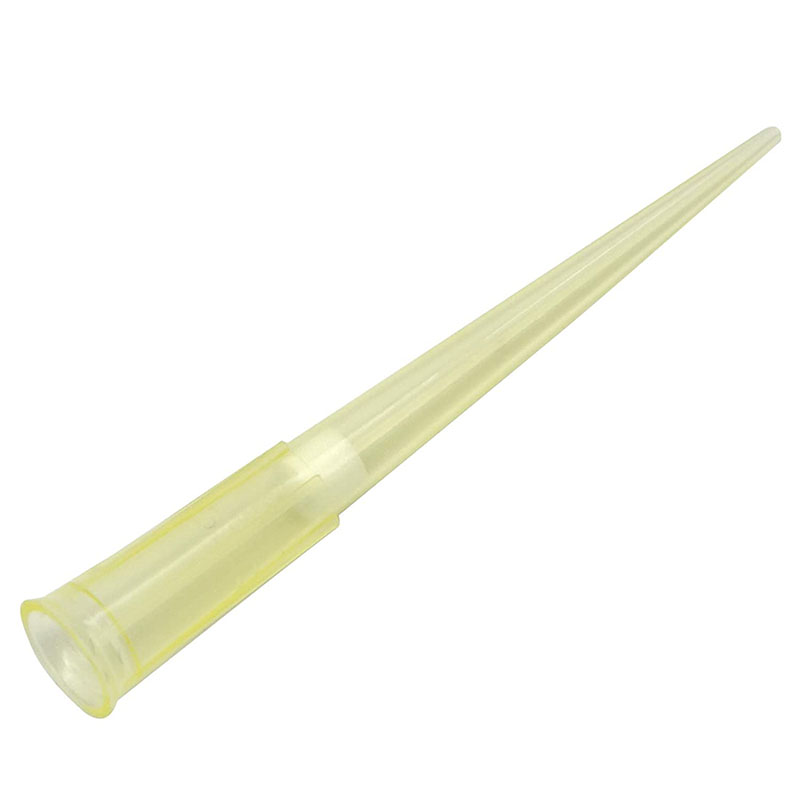There are various pipette tips available on the market, making it difficult to choose the right one for your application. Not only must you find a tip that fits your pipette, but you must also choose the type and quality of tip. We've compiled a list of items to assist you in selecting the best tips for your laboratory.
To begin, the four most common types of pipette tips used in laboratories should be mentioned to provide a basis for the future discussion points.
Pipette Tips (Standard) – These are your standard pipette tips. However, most standard pipette tip users are now switching to low retention tips.
Low Retention Tips – These tips have an inner surface that has been specially designed to reduce sample binding. This ensures maximum sample recovery, resulting in high accuracy.

Filter Tips–These tips are used to protect the pipette from aerosols that make their way into the pipette, thereby preventing cross contamination.

Gel-Loading Tips–These tips are perfect for loading SDS gels or agarose samples. They have longer tips that allow for easier loading of gel electrophoresis samples.
When it comes to pipette tips, quality is everything. You won't get the results you need unless you use the right pipette tip, no matter how good your pipette is. Manufacturers' pipette tips vary greatly. Here are a few key factors to consider when choosing a tip:
Material–A good pipette tip will be made of virgin polypropylene of high quality. Be wary of plastic and/or metal additives found in blue and yellow tips, as these can contaminate samples. When choosing a filtered tip, make sure the filter is made of polyethylene and is free of additives such as cellulose.
Pipette tips are manufactured using an injection molding machine. The pipette tip's performance is determined by the mold's design and the quality of the polypropylene injected into the mold.
Contaminant-Free–Only buy tips that have been certified to be free of RNase, DNase, DNA, Pyrogen, PCR Inhibitors, and ATP. This is especially true if you are conducting sensitive microbiological testing.
Fit/compatibility–not all pipette tips are compatible with your pipettor. It is critical to ensure that the tip you choose will fit your pipettors. You shouldn't have to force the tip onto the pipette; it should grab and stay in place with little to no force. Most pipette tip brands will provide a compatibility chart to assist you in selecting an appropriate tip. Most tips, on the other hand, should be compatible with almost all of the world's most popular pipettors.
Low Retention–In recent years, low retention tips have grown in popularity. They are considered a premium tip, and you should expect to pay more for them. When shopping for low retention tips, make sure there is no secondary manufacturing process that could result in compounds leaching from the tip during use, such as silicone coating.
Once you've determined which pipette tip is best for your application, make sure to request samples from your potential supplier before purchasing in bulk lots. This will simply ensure that they meet all of your requirements, including ensuring that they fit your pipettes properly. It is worthwhile to take the time to select an appropriate tip because it will not only save you money but will also ensure maximum accuracy.